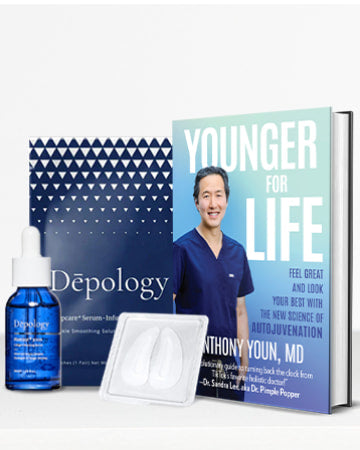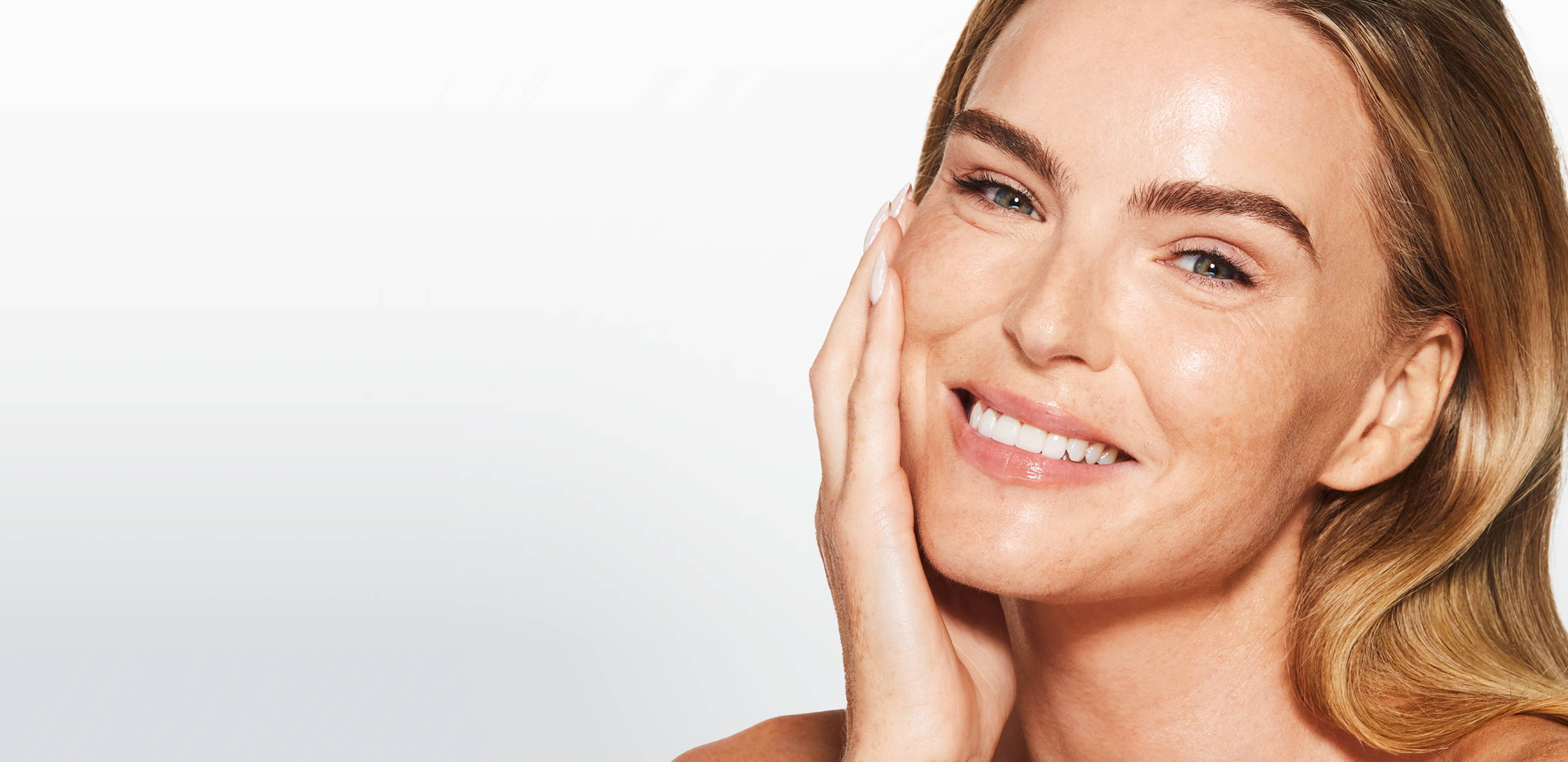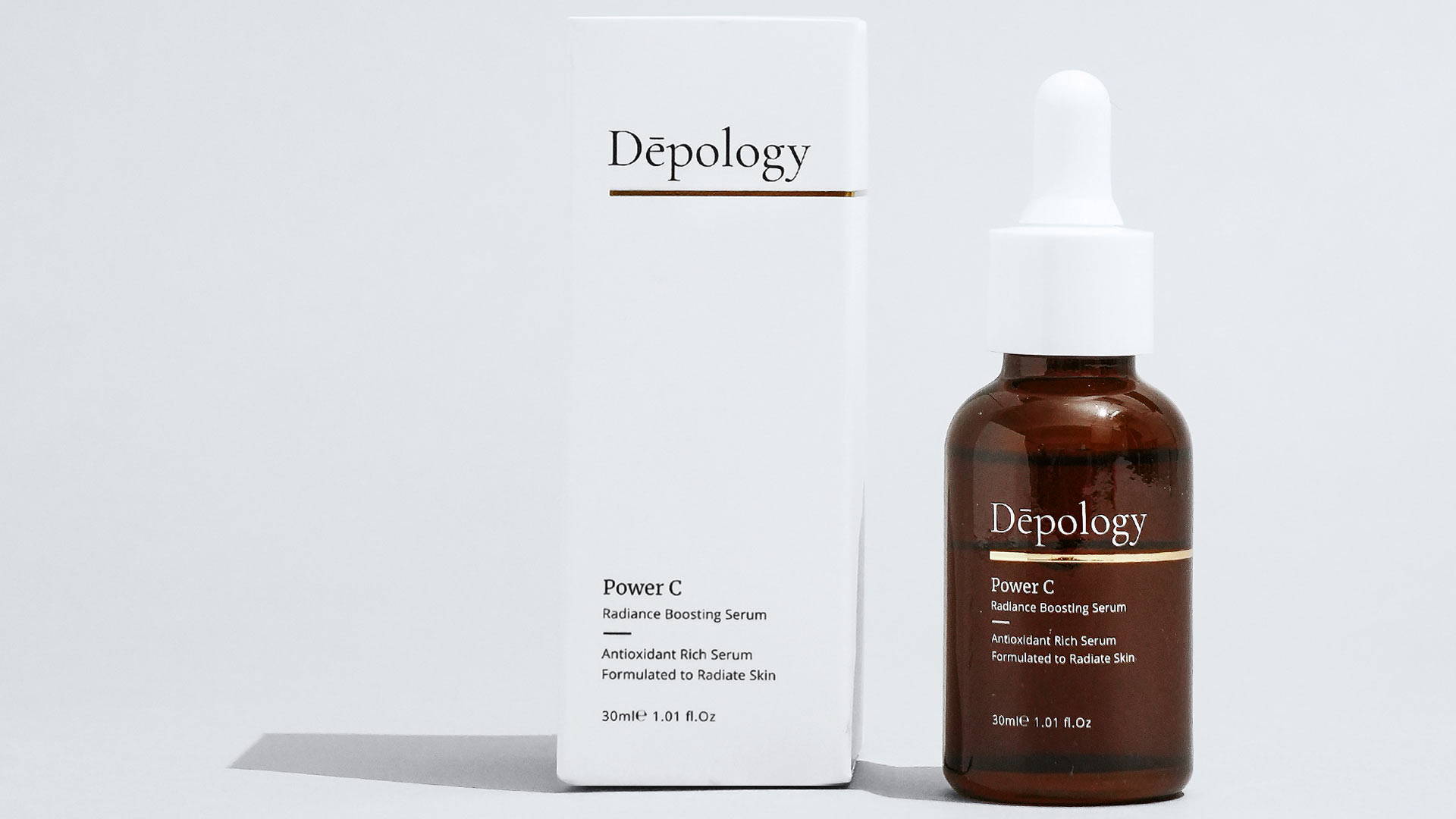Types of Skin Conditions
There are many types of skin pigmentations commonly found in the general public. As we get older, it is possible for these pigmentations to develop into skin conditions, some more serious than others.
The most well-known skin pigmentations are freckles. Those with freckles may also have red hair and pale skin that is able to burn easier and faster in the sunlight. Most people are able to distinguish these small pale to dark brown-colored areas of skin that don’t have a distinct border.
Freckles result from an overproduction of the melanin pigment by melanocytes, the cell that produces melanin. They can be the result of excess UV light exposure. These form on the exposed areas of the skin in the summer months and fade during the winter season.
Did you know there are actually different types of freckles? The most common ones are referred to as “ephelides”, which are lighter brown and tend to fade over time, and “lentigines”, which are darker and more permanent.
Sometimes, as we age, freckles can evolve into a condition called solar lentigo. These are flat, brown marks that don’t fade in the winter months, compared to freckles. Even though they can appear anywhere, they are not cancerous.
You’ll find these marks on several areas of the skin, such as the forearms, the back of your hands, shoulders, and your face. If they show up later in life, this could be linked to excessive sun exposure or sunburn in childhood.
To prevent this, a decrease in sunlight exposure, an increase in sunscreen use, and SPF-protected clothing are recommended for everyday use.
Melanoma is more serious than the previous two pigmentations mentioned and requires proper medical attention. “Lentigo maligna,” another term for melanoma, is a type of skin cancer that appears as a flat, brown/black-colored lesion with no particular shape. These lesions tend to grow slowly over time.
They are often located on the face, neck, and forearms. They require a visit to the doctor should you notice a brown spot with several colors on the skin.
Another common issue found in the skin is melasma, which can occur especially if you tan frequently and your skin reacts strongly to the sun. This condition looks like an olive complexion and appears as large, dark patches of pigmentation.
They can be found in mask-like patches on the cheeks, temples, forehead, and above the upper lip. Sometimes these patches are called a “pregnancy mask” because this condition often occurs during hormonal changes.
- Post-Inflammatory Hyperpigmentation
Post-inflammatory hyperpigmentation is most common with those who have darker skin tones. It shows up as brown patches that are triggered by skin inflammation. This could be from several causes of inflamed skin, such as acne, eczema, and trauma.
This form of hyperpigmentation can often be located in the epidermal area, making it easier to treat as a result. There are three main layers of your skin: the epidermis (outermost, thinnest layer), dermis, and hypodermis.
Other times, it can move down to the papillary dermis (the thin top layer of the dermis), and require further treatment.














